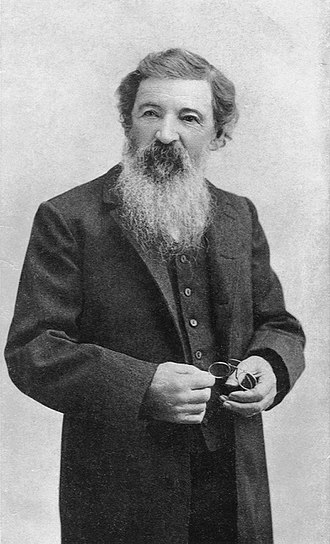
Thomas Condon
Thomas Condon (1822-1907) was an Irish minister, geologist, and paleontologist who was recognized for his work in Oregon, USA. Condon arrived in New York from Ireland in 1833 and graduated from a theological seminary in 1852, after which he sailed to Oregon. As a minister in Dulles, he became interested in the fossils he found in the area. He found fossil shells on the Krivoy River and fossil camels and other animals along the John Day River. Many of his discoveries were in the modern National Monument, "The Fossil Beds of John Day". He corresponded with famous scientists, including Spencer Baird of the Smithsonian Institution, Edward Cope of the Academy of Natural Sciences, Joseph Lady, O.S. Marsh and John S. Merriam, both provided samples for major museums. Condon was appointed Oregon's first state geologist in 1872. He resigned to become the first professor of geology at the University of Oregon. He was previously a teacher at the University of the Pacific at Forest Grove. In his book Two Islands and What Happened to Them, published in 1902, Condon wrote about two widely dispersed regions of Oregon that contain its oldest rocks: Klamath Mountains in the southwestern part of the state and Blue Mountains in the northeast. The book tried to generalize what was then known about the geology of the state and draw conclusions about its geological past. Condon was a supporter of theistic evolution. He was described as a “Christian Darwinist.”
